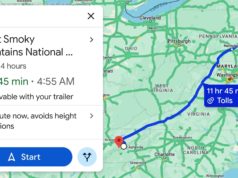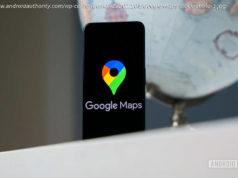Facebook’s Oculus Quest and Oculus Rift S launch on May 21 for $399. CNBC reviews the new Oculus Quest, which offers a full virtual reality experience without the need for a computer.
Five years ago, Facebook bought Oculus for $2 billion. It was a risky bet for Facebook, which was acquiring a company that had only sold prototypes to developers.
Since the Oculus Rift launch in 2016, the product still seemed like a silly hobby for PC-gaming enthusiasts instead of a product that normal people will want to buy. But now, after having used one of the company’s new headsets for a few days, I’m starting to see VR’s potential as a go-to entertainment product that can appeal to people of all ages.
During its F8 developer conference on Tuesday, Facebook announced it is taking preorders for two of its new virtual reality headsets that were announced last year, the Oculus Rift S and the Oculus Quest. Each costs $399 and will be available on May 21.
I’ve been testing the Oculus Quest. Unlike the Rift S, it doesn’t require a computer to work: You just put it on your head, grab the controllers and go.
It offers much more than the $199 Oculus Go from last year. That entry-level device doesn’t even let you walk around inside your virtual environment, for instance.
At $399, it’s still expensive for most people, who don’t yet know much about VR. But it’s proof that Facebook is on the way to making a mainstream product that can appeal to millions of people in a way most companies can’t. It’s starting to look a lot more like Facebook’s big bet on Oculus will eventually pay off.
Here’s what you need to know about the Oculus Quest.
Facebook said it spent a lot of time making the Oculus Quest easy to pick up and play. And that’s exactly how it works.
You just put the headset on, grab the controllers and, using an on-screen interface and the headset’s external cameras, set up a « Guardian » play space in the real world. Unlike earlier VR headsets, you don’t need to set up separate sensors around your room to keep yourself safe and inside a digital boundary.
You create a Guardian by quickly drawing a line on the floor with the controller — it takes just a few seconds. This prevents you from knocking into furniture or other objects while you’re playing. If you approach these boundaries while you’re playing, a red wall appears so that you know not to walk further. If you cross that wall, the device’s cameras turn on and you can see the real world around you. This allowed me to avoid a TV set or coffee table that was in the way.
The Oculus Quest will support about 50 titles at launch. I was able to test about half of them during my review period. Despite the lack of a computer, the Oculus Quest runs some of the popular games that a more powerful Rift S headset does, like Beat Saber — an addictive game where you use light sabers to hit colored objects flying at you as you play along to the beat of a song.
Most surprisingly, however, was how easy other people found the Oculus Quest to use.
Home
United States
USA — IT Facebook's latest gadget, at $399, convinced me that the company's $2 billion...






